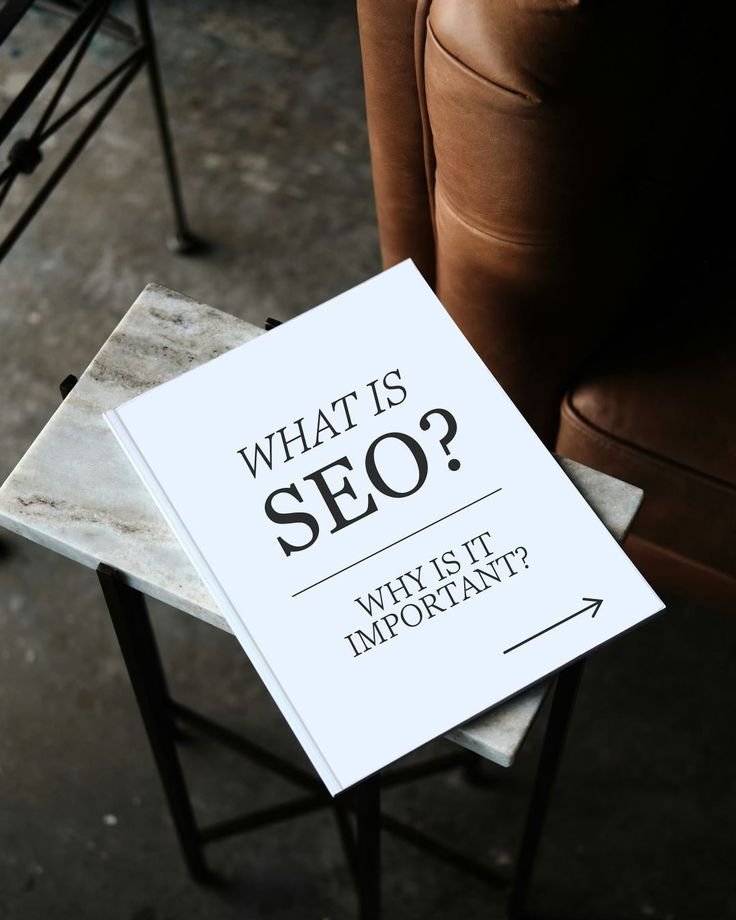The Ultimate Guide to Creating SEO-Friendly Content in 2025

If you’ve ever wondered how some websites always appear at the top of Google, the answer lies in a powerful strategy called SEO-friendly content. Whether you’re a blogger, business owner, or digital marketer, understanding how to write content that ranks well is essential in today’s digital world.
Let’s break it down into simple steps , so you can start creating content that not only ranks but also resonates.
What is SEO-Friendly Content?
SEO-friendly content is designed to rank higher in search engine results while still being helpful and valuable to human readers. It’s not just about throwing in keywords randomly it’s about deeply understanding what your audience is searching for and answering their questions in the clearest, most organized way possible.
Think of it as a balance: write for people first, but optimize so search engines can easily identify your content’s worth.

Why is SEO Content Important?
When your content is optimized for SEO, you increase your chances of being discovered by the right audience at the right time. This leads to:
More organic traffic
Greater trust and authority in your niche
Higher engagement and conversion rates
Remember: SEO is a long-term investment. The more useful, keyword-optimized content you create, the more visible and trustworthy your site becomes over time.

Step 1: Keyword Research
The foundation of SEO content is keyword research. This means identifying the exact words and phrases your target audience types into Google.
Use tools like:
Google Keyword Planner
Ubersuggest
AnswerThePublic
Your goal is to find:
Primary keywords: The main focus of your topic
Long-tail keywords: More specific phrases with lower competition
For example, instead of targeting the broad term “shoes,” try something like “best running shoes for flat feet.”

Step 2: Understand Search Intent
Not all searches are the same — people have different goals. This is where search intent comes in.
There are typically four types:
Informational: Looking for answers (e.g., “how to start a blog”)
Navigational: Trying to find a specific site
Transactional: Ready to make a purchase
Commercial Investigation: Comparing products/services
When you match your content with the right intent, you increase your chances of ranking higher and satisfying your readers.

Step 3: Write Valuable Content
Now that you have your keywords and know what the audience wants, it’s time to create meaningful content.
Great content is:
Informative and well-researched
Easy to understand
Helpful and solution-oriented
Tips:
Break down complex steps
Share personal experiences or expert opinions
Include stats, visuals, or FAQs to support your points
Avoid fluff and repetition
Your goal? Be the best resource on the topic.

Step 4: Structure & Format for Readability
A messy wall of text drives people away. Structure your content like this:
Use headings and subheadings (H1, H2, H3) to break up sections
Keep paragraphs short (2–4 lines)
Use bullet points and lists
Add plenty of white space
Both humans and search engines love content that’s clean and easy to navigate.

Step 5: Optimize Key On-Page Elements
Search engines look at specific elements on your page to understand and rank it:
Title Tag: Include your main keyword; keep it under 60 characters
Meta Description: A compelling summary under 160 characters that encourages clicks
URL Structure: Keep it short, clean, and keyword-rich (e.g., /seo-content-guide)
Internal Links: Link to related blog posts or pages on your site
External Links: Reference trusted sources
Alt Text for Images: Helps with accessibility and image SEO
Each of these elements helps Google see your page as relevant, trustworthy, and useful.

Step 6: Make Your Content Mobile-Friendly
Today, over 50% of all internet traffic comes from mobile devices. If your content doesn’t look good on a smartphone, you’re losing readers and rankings.
Ensure your content:
Uses a responsive design
Loads quickly
Has tap-friendly buttons
Uses legible fonts and spacing
Google now uses mobile-first indexing, which means it prioritizes the mobile version of your site when deciding rankings. So optimizing for mobile is no longer optional it’s essential.
